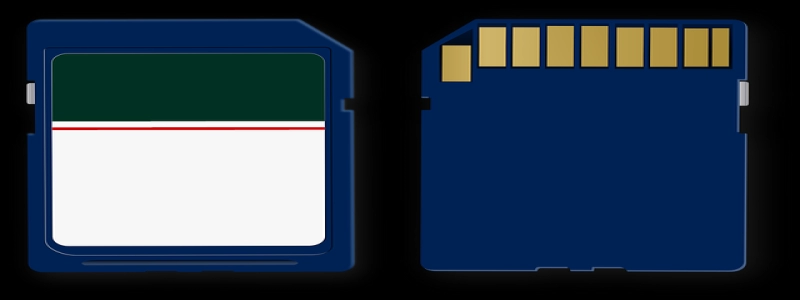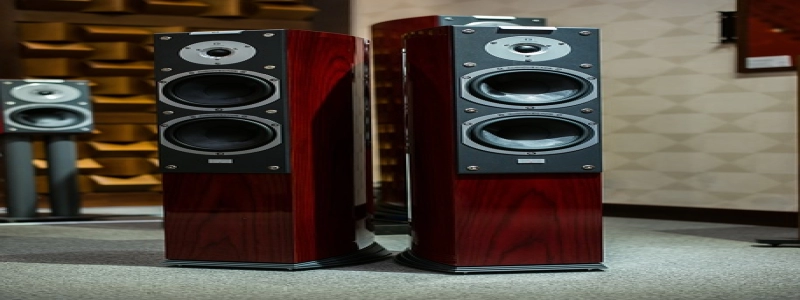Ethernet MCU
소개
Ethernet MCU, also known as Ethernet Microcontroller Unit, is an integrated circuit that combines the functions of a microcontroller and an Ethernet interface. It is widely used in various networked devices to enable communication over Ethernet networks. This article will discuss the features, applications, and advantages of Ethernet MCUs.
Features
1. Microcontroller Functionality: Ethernet MCUs incorporate a microcontroller core, allowing for the execution of complex tasks and control of peripheral devices. They come with various memory sizes, clock speeds, and interfaces to accommodate different applications.
2. Ethernet Interface: These MCUs have a built-in Ethernet interface that enables data transfer and communication over Ethernet networks. They typically support popular Ethernet protocols such as TCP/IP and UDP/IP. The interface may be based on standard Ethernet or specialized versions such as Ethernet PHY or Ethernet MAC.
3. Integrated Peripherals: Ethernet MCUs often offer a range of integrated peripherals including UART, SPI, I2C, timers, ADC, and GPIOs. These peripherals provide flexibility in interfacing with external devices and sensors, making the MCU suitable for a wide range of applications.
4. Low Power Consumption: Ethernet MCUs are designed to operate efficiently with low power consumption. This makes them suitable for battery-powered devices or devices that require energy-efficient operation.
응용
1. Industrial Automation: Ethernet MCUs are widely used in industrial automation systems for controlling and monitoring various processes. They can interface with sensors, actuators, and other devices over an Ethernet network, enabling real-time data acquisition and remote control.
2. Internet of Things (IoT): With the growth of IoT, Ethernet MCUs play a crucial role in connecting devices to the internet. They provide the necessary connectivity and processing capabilities for IoT devices to send and receive data over Ethernet networks.
3. Home Automation: Ethernet MCUs are used in home automation systems for controlling and monitoring various home appliances and devices. They enable remote access, allowing users to control lights, thermostats, security systems, and other devices from their smartphones or computers.
4. Medical Equipment: Ethernet MCUs are employed in medical devices such as patient monitors, diagnostic equipment, and infusion pumps. They facilitate the transfer of patient data and enable remote monitoring and control by healthcare professionals.
Advantages
1. Simplified Connectivity: Ethernet MCUs simplify the process of integrating network connectivity into embedded systems. They eliminate the need for external Ethernet controllers and reduce the complexity of the design.
2. Cost-Effective: By combining the microcontroller and Ethernet functionality into a single chip, Ethernet MCUs help reduce the overall cost of the system. This is particularly beneficial for mass-produced devices.
3. Scalability: Ethernet MCUs are available in different configurations, allowing scalability based on the specific requirements of the application. Developers can choose MCUs with the right memory, processing power, and interfaces to meet their needs.
4. Reliability: Ethernet MCUs offer reliable and secure communication over Ethernet networks. They implement protocols and algorithms to ensure data integrity and protection against external threats.
결론
Ethernet MCUs are essential components in networked devices, providing the necessary processing power and connectivity for communication over Ethernet networks. Their features, applications, and advantages make them a popular choice in various industries, including industrial automation, IoT, home automation, and medical equipment. With ongoing advancements in technology, Ethernet MCUs are expected to continue evolving and contributing to the development of connected devices.







